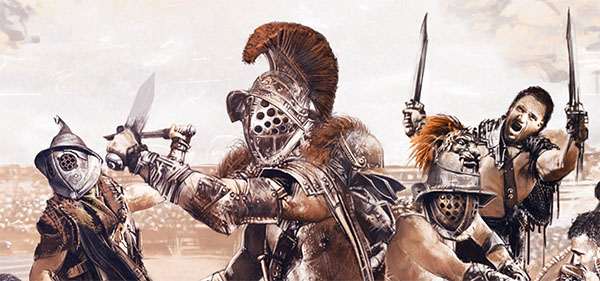As game designers we are always hugely inspired by the visions and skills of artists to create inspiring works of art.
Without fantastic art, our games would be nothing more than an idea with mechanics attached. The artists and graphical designers provide the form to our function. And as dancers will tell you, form is everything!
Often the unique artwork of a talented artist jumps out at us and instantly we find ourselves thinking of possibilities; where is this gorgeous landscape? why is this person running away? What is that creature shadowed in the background? and these ideas immediately start spinning ideas that could become intriguing games.
In the words of the rock band Placebo – Without you I’m nothing
Our first game Elemenz is a case in point.

Jason our designer already had a fairly strong idea of what the four alien shamans should look like and after seeing the work of Ascary Lazos, knew that he would do a great job.
We are not in the habit of dictating our own vision to an artist – to straightjacket them into churning out our rendition of how the game art should look! Instead we think it is vitally important to let the ideas and subsequent work organically evolve by allowing the artist as much free reign as possible and bouncing ideas back and forth with the designer(s). In this way very often, new ideas will spring out into the mix and lead to a more exciting result than we could have otherwise hoped for. Including how the game itself will change to accommodate the artists vision.
A good example of this is with the Energy Totems in Elemenz (see image below). We were pretty vague with what we wanted on purpose except that the outlines should be of the four main alien races in the game and they should be translucent. What Ascary produced on his own was stunning (with the threads of energy passing through the semi-corporeal bodies) and we could never have come up with something so good without him. A few tweaks to highlight things from us and the work was done with awesome result!

Because of our ongoing relationship with the artist, we already have plans to revisit the world of these creatures for a new game Exogenesis in the next couple of years. Watch this space…

Another great example of the synergy between designer, artist and publisher is with our second game Gladiatores: Blood for Roses. The brief we gave our artist Anja was a combat scene in an arena that showcased some of the gladiator types used in the game. We were blown away by the complex action-movie-in-an-image result that she has produced but we will let her explain more about it in her own interview. For now we leave you with just a clip (perhaps 10% of the artwork) in sketch form.

So in the following series of blog posts we will interview the artists that help so much to make our games a reality and highlight how they have added to the concept narrative behind each one. We will ask each artist where their own art style comes from, who else has inspired them to create such wonderful pieces and dig a little bit into the character behind these amazing works of art.
Evolution of a GladiatorWe are always stunned how hugely talented artists are. How they take our vision, a gem of an idea, a nebulous concept and grow it, nurture it. And we get to watch that process unfold, watch it expand into something awesome and easily beyond our original idea.
Here is one example: Our titular Gladiator – synonymous with the modern idea of a fighting warrior and the Herald of our game Gladiatores.
The lovely Ania did a fantastic job with taking our idea of a clearly heroic but un-named gladiator and creating something as imposing as it is stunning.
Believe it or not, this dude was originally modeled from this Conan-like gladiator [at left]
To us, this veteran hero of countless combats has a subliminal but clearly visible level of threat, challenging the player to try their luck against him – to succeed where others have surely failed – to hold aloft the wreath of victory, instead of gasping away their last breath on the hot sand!

For those viewers more historically inclined, this Gladiator was probably originally a Samnite (a warrior of conquered South Italy during the early period of Roman expansion) according to his heavily visored helmet style (or a later Murmillo using the same) but has chosen to swap his large scutum shield and single gladius for a pair of nasty looking extended gladius swords – making him more of a Dimachaerus style of fighter; perhaps from a fallen adversary? Either way, hearts will race and blood will pump when he marches out to the roar of the watching crowd !!
You must be logged in to post a comment.